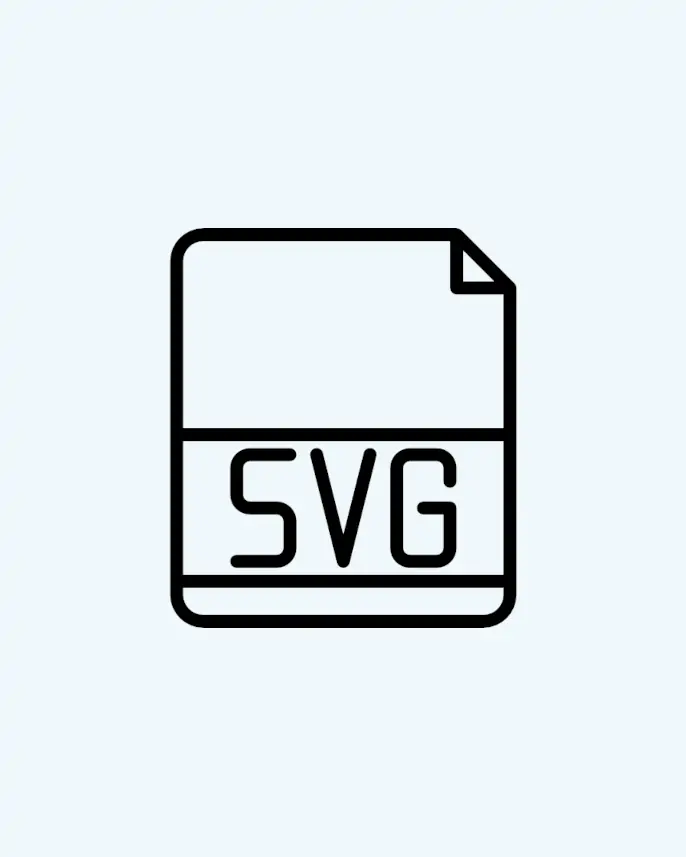In today’s digital age, where data is the new oil, information representation plays a crucial role in decision-making processes. Businesses and organizations rely on data visualization tools, like charts and graphs, to interpret and understand complex data sets. They allow us to visualize patterns, outliers, and trends in data.
One of the most popular methods of creating interactive and aesthetically pleasing charts is by using a programming language called JavaScript, and a technology named SVG (Scalable Vector Graphics). In this article, we will attempt to break down this topic in a way that even non-programmers can understand.
Understanding the Basics: JavaScript, SVG, and Charting
Let’s start with the basics: what are JavaScript, SVG, and charting?
JavaScript is a widely used programming language that allows you to create interactive elements on websites. It can dynamically change the website content, handle user inputs, animate elements, and much more.
SVG (Scalable Vector Graphics), as the name implies, is an XML-based vector image format for two-dimensional graphics. “Vector graphics” essentially means that the image is created with mathematical equations, which allows it to be scaled up or down without losing quality. SVG provides a flexible way to create graphics, including charts, on the web that can interact and respond to user inputs.
Charting is a method of visualizing data. It can be as simple as a pie chart showing the distribution of your monthly expenses, or as complex as a multi-axis graph depicting global temperature changes over the years. Charts translate raw data into visual formats, making the information easier to comprehend and analyze.
Interactive JavaScript Charts and SVG
Interactive charts are more than just static images; they respond to user actions. This could mean tooltips appearing when you hover over a data point, values changing when you click on a legend item, or even charts updating in real-time as data changes.
JavaScript and SVG are a powerful combination for creating such interactive charts. JavaScript provides the functionality, handling the data and user interactions, while SVG renders the charts, offering high-quality, scalable visuals.
Advantages of Using JavaScript and SVG
Here’s why this combo is so effective:
- Resolution Independence: As SVG is a vector graphics format, charts will look sharp and clear at any size or resolution. This makes it perfect for a wide range of devices, from small mobile screens to large desktop monitors or even printed material.
- Interactivity: JavaScript is known for its ability to create interactive web content. With it, you can add hover effects, click events, drag-and-drop functionality, and much more to your SVG charts.
- Flexibility: SVG and JavaScript offer a high degree of flexibility. You can create just about any type of chart (line, bar, pie, scatter, etc.), with any styling or behavior you want.
- Accessibility: SVGs contain text data, which makes it possible for screen readers to interpret the graphic, and thus improves web accessibility for visually impaired users.
Getting Started: JavaScript Libraries for SVG Charting
While it’s possible to create SVG charts purely with JavaScript, it’s typically more efficient to use a JavaScript library that has already implemented many of the common charting functionalities.
D3.js and Chart.js are two popular libraries for creating charts using JavaScript and SVG. They both handle a lot of the heavy lifting for you, providing ready-to-use chart types, handling animations, transitions, and user interactions, and providing a high degree of customizability.
These libraries allow you to input your data, select the type of chart you want, and customize the look and behavior of the chart. All without needing to know the complex mathematics of chart drawing or the intricate details of SVG.
Here’s a general idea of how it works:
- Prepare Your Data: Before creating a chart, you first need to have some data to visualize. This data could come from a variety of sources, such as a local file, an online database, or even user input.
- Choose Your Chart Type: Depending on what you want to express or the nature of your data, you will need to choose an appropriate chart type. For example, line charts are great for showing trends over time, while bar charts can compare quantities across different categories.
- Customize Your Chart: Using JavaScript and your chosen library’s APIs (Application Programming Interfaces). You can customize the look and feel of your chart. You could define colors, labels, legends, tooltips, and more. This is also where you can add interactivity to your chart, such as responding to user clicks or hovers.
- Render Your Chart: Once your chart is set up, you tell the library to render it into an SVG element on your webpage. The library will handle converting your data and settings into a graphical SVG representation.
- Update Your Chart: One of the great things about using JavaScript and SVG for charting is that the charts can be dynamic. If the data changes, the chart can automatically update to reflect those changes. This makes it ideal for situations where the data is constantly changing, such as stock prices or temperature readings.
Closing Thoughts
With JavaScript and SVG, we have the tools to make data not only digestible and understandable, but also interactive and engaging. They help to transform cold, raw numbers into stories, trends, and insights.
Whether you’re a business owner wanting to visualize your sales data, a researcher trying to illustrate your findings. Or a student seeking to make your project presentation more captivating, interactive JavaScript charts built on SVG can be a game-changer.
Though mastering these tools can require some effort and time, the payoff can be substantial. Fortunately, with many comprehensive resources, tutorials, and libraries available. Even non-programmers can embark on the journey of creating visually appealing and interactive data visualizations.
